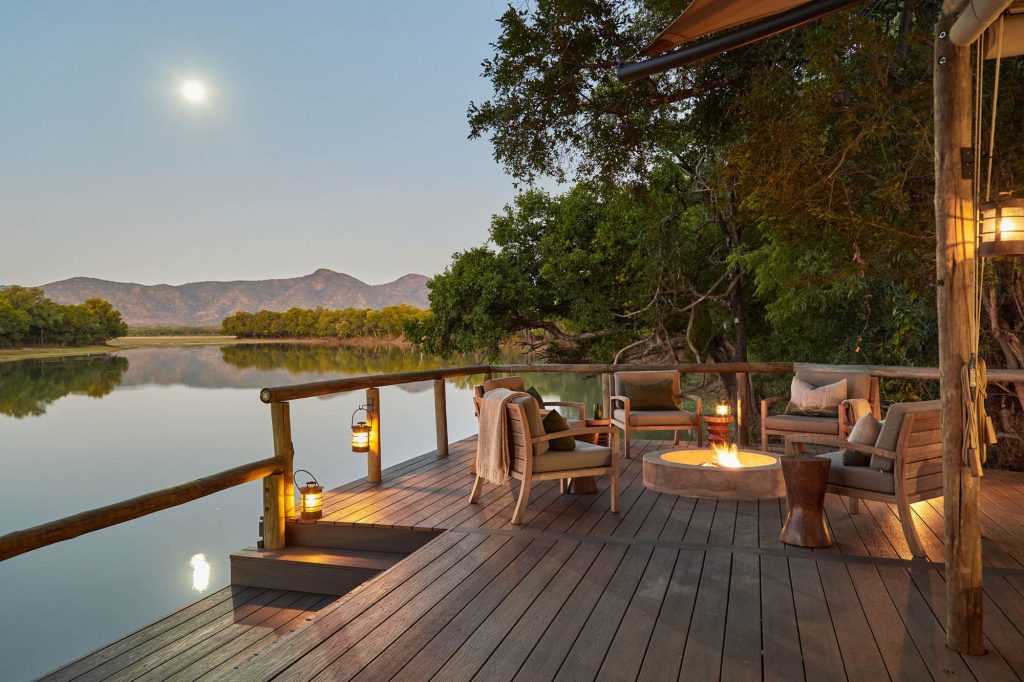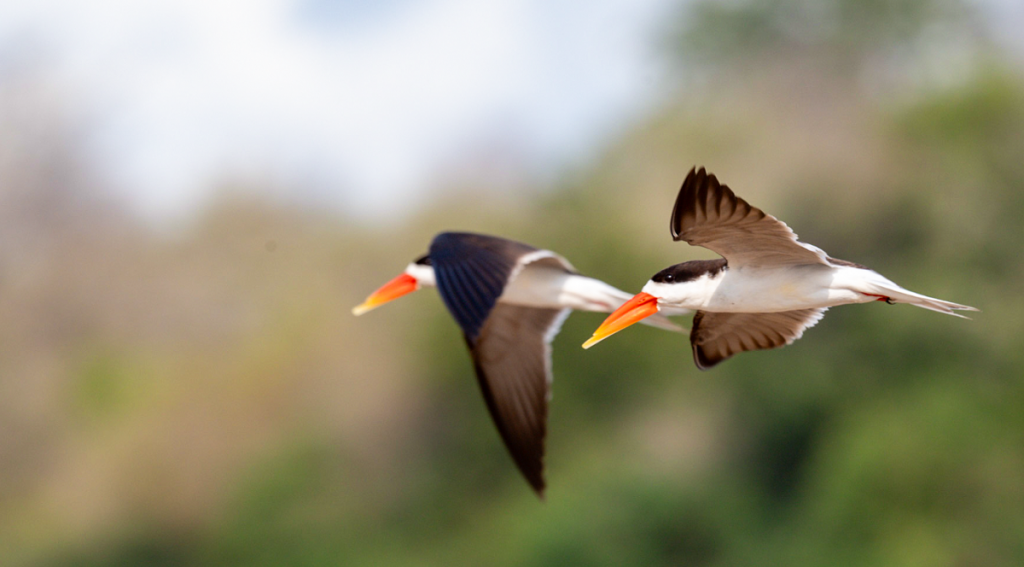Strange, wonderful Madagascar - Part 2

Strange, wonderful Madagascar – Part 2
Berenty Private Reserve
At Berenty, in the south of Madagascar, the moment you step outside your room, you come face to face with the many reasons to visit Madagascar, and to shrug off its many imperfections. Early on our first morning at Berenty, we made our way to the open-sided breakfast area, a little ways down a sandy track. The breakfast wasn’t great but it did not matter. The morning lemur show more than compensated for the food. I had hardly taken my seat, when I spotted a small group of Ring-tailed Lemurs ambling over and gracefully leaping onto some empty chairs, so close that I couldn’t get their distinctive tails into a photograph.

For a minute or so several lemurs looked straight at me, their intent little faces and piercing red eyes practically imploring me to share my rations. In earlier years, lemurs at Berenty had been fed, and I guess some of them still fondly recall their free-loading days. They were never pushy though. Unlike monkeys or baboons, which can act like real rogues when they become habituated, the lemurs politely kept their distance.
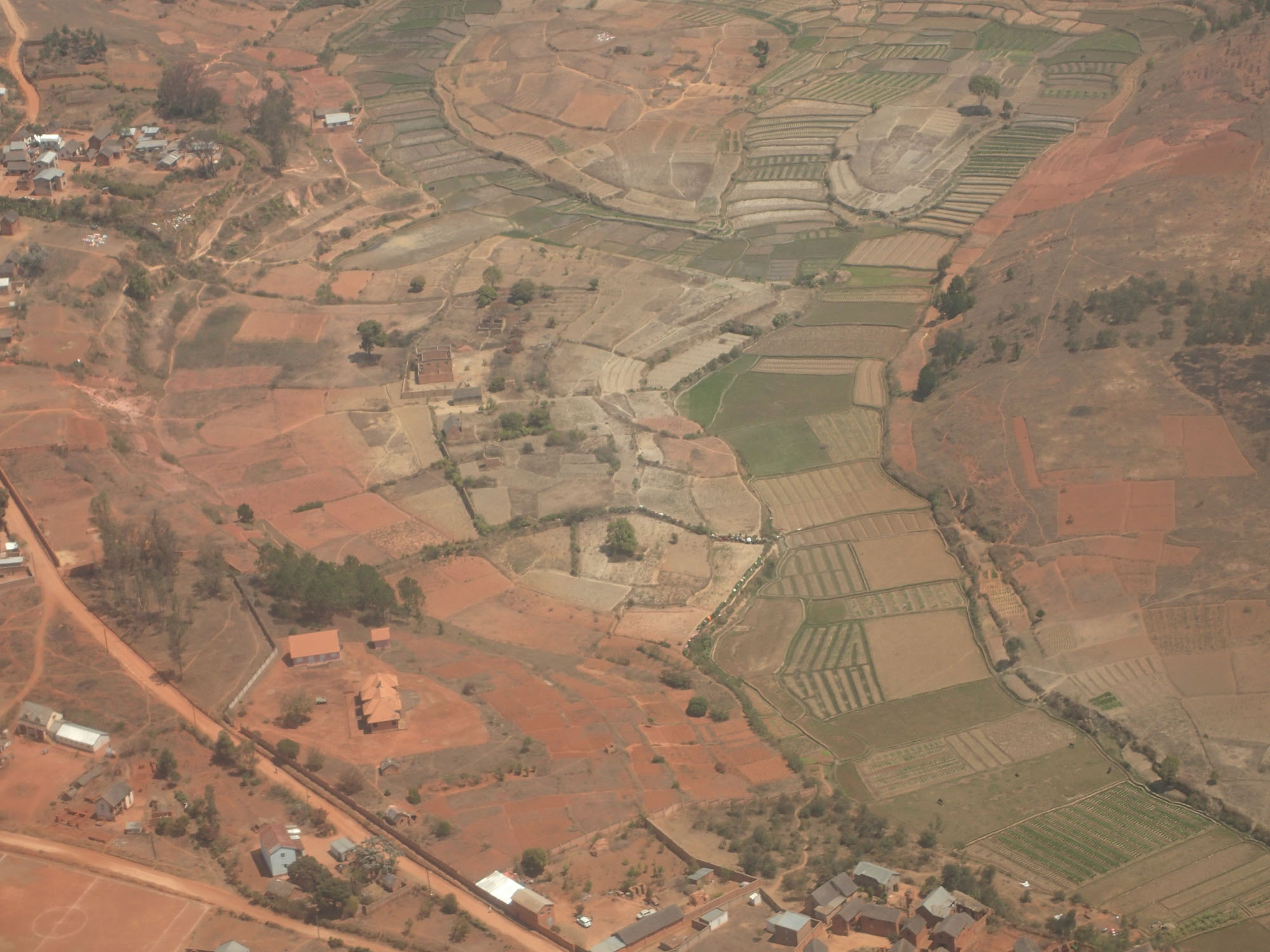
I had many other opportunities to observe various species of lemurs over the next few days. Following a group of Ring-tailed Lemurs at Berenty early one evening, I sometimes almost felt as if I were part of the troop. They completely ignored my presence and carried on feeding, picking and chewing away at choice bits of flowers on the edge of the forest, sometimes just a couple of feet from me. Seeingly unperturbed, they slowly made their way on the ground from one spot to the next, the little ones giving me a wary look every now and then.

Nice as the Ringtails were, my favorites at Berenty were definitely the Verreaux’s Sifaka, arguably the most handsome of all the lemurs. I will never forget their apparently effortless, yet prodigiously acrobatic leaps from branch to branch. As powerful and athletic as they appeared when making these leaps, they were graceful and almost dainty when crossing an open space in weird sideways ballet-like dance steps.
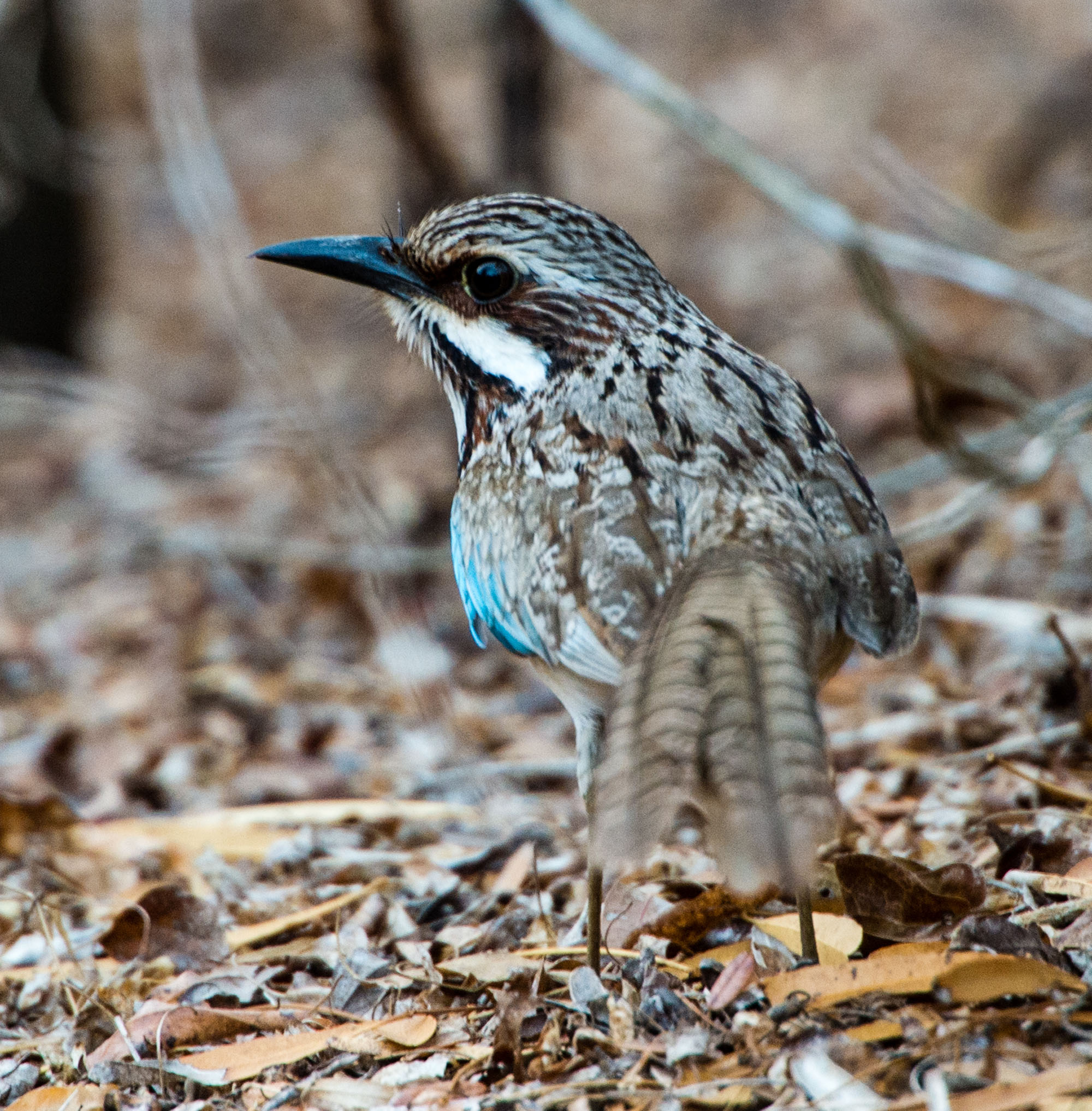
Berenty is one of Madagascar’s best known reserves, because its large populations of sub-desert lemurs (Ring-tailed, Verreaux’ sifaka and brown lemur) have been the focus of many television documentaries and books. The brown lemurs are very common at Berenty, and their unmistakable pig-like grunting contact calls can be heard just about everywhere. I was very impressed with the gallery forest and the beautiful trees of Berenty, as well as with the great views over the Mandrare River.

The wide roads and well-maintained trails made getting around easy and effortless. Late one morning our guide took us to the noisy colony of ‘flying foxes’, some 400 to 500 large fruit bats roosting in a tall Tamarind tree. Seemingly constantly embroiled in territorial disputes, they are never quiet during the day, one or two taking to the air every few minutes, showing their huge 4-foot wingspan.

The birding at Berenty was slow, but almost everything was new to me. Although the island does not have anything like the rich birdlife of most African countries, the diversity is stunning. Had Charles Darwin gone to Madagascar instead of the Galapagos, the peculiar bill shapes of the 22 species of vangas might have underpinned his theory of evolution, rather than those now famous finches.
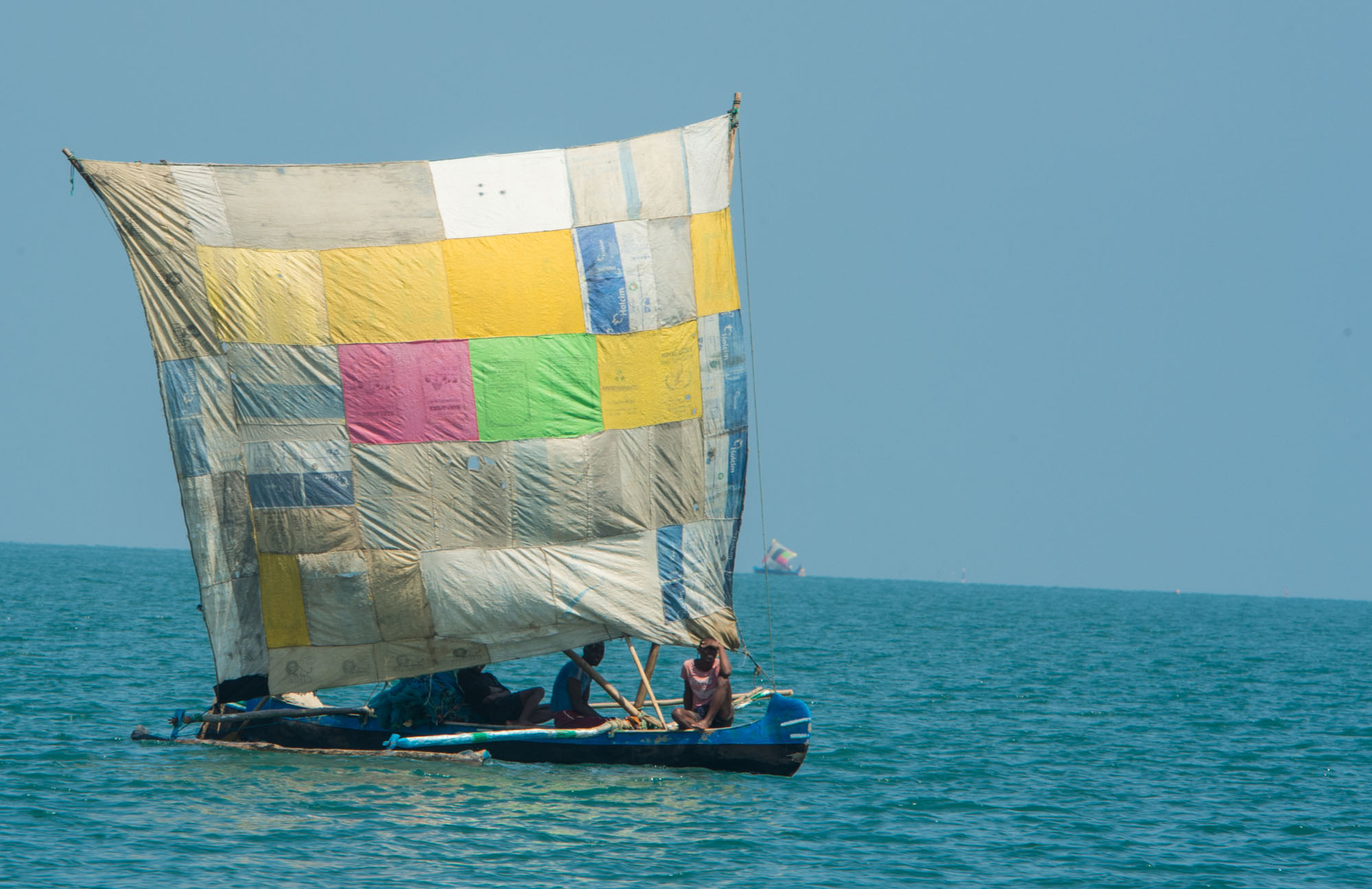
Be sure to take a good field guide to the birds of Madagascar with you. I consulted Sinclair and Langrand’s excellent ‘Chamberlain’s Birds of the Indian Ocean Islands: Madagascar, Mauritius, Reunion, Rodrigues, Seychelles and the Comores’, which contains descriptions and superb illustrations of more than 300 regularly encountered birds of Madagascar, the Seychelles, the Comoros, Mauritius, Reunion and Rodrigues.
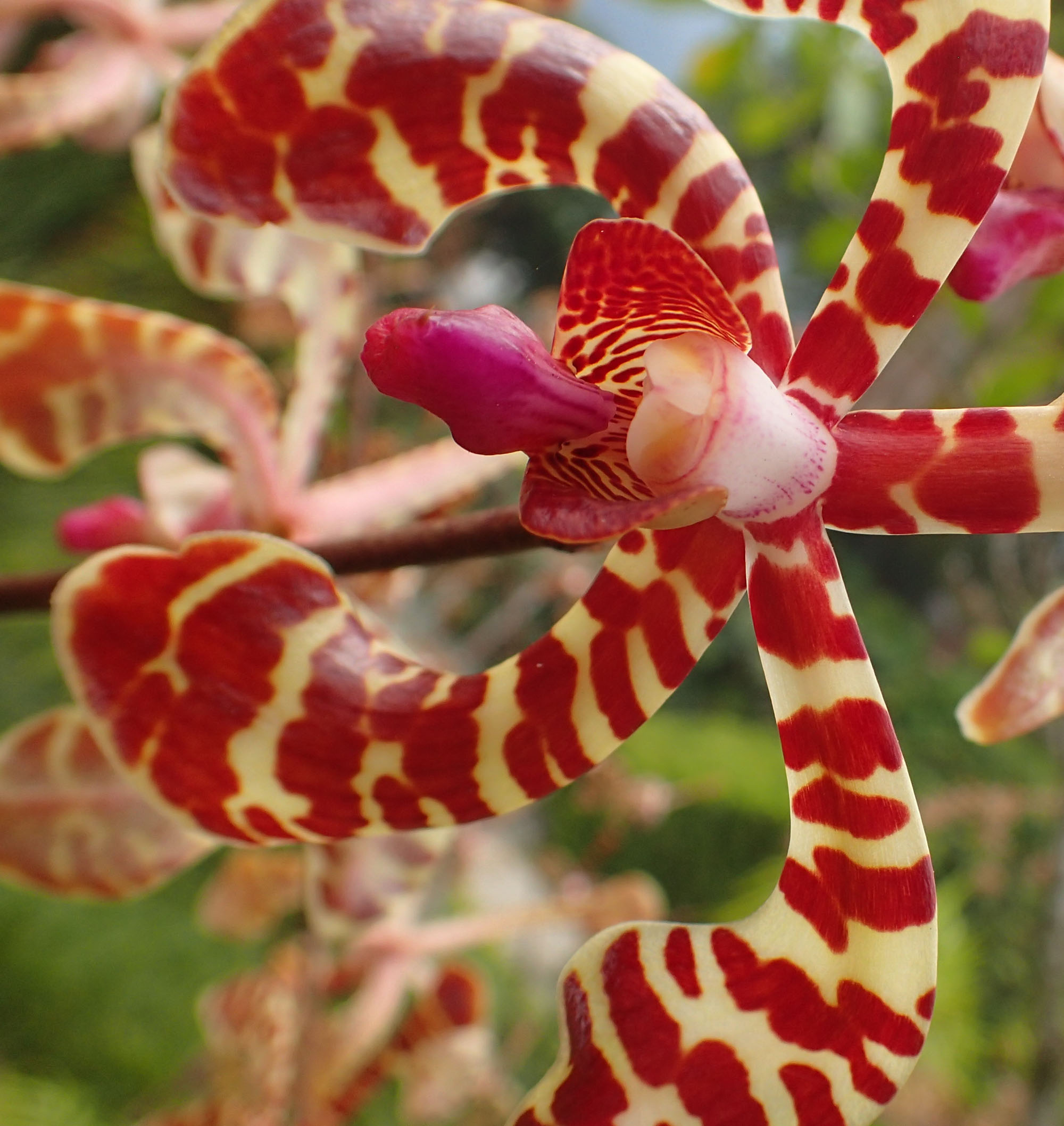
Berenty is also a good place to observe the southern region’s peculiar flora, notably the Euphorbia- Didieraceae bush. This includes baobabs and various bloated Pachypodium species and the baobab-like Moringas. Walking in the so-called spiny forest, we marveled at the almost surrealistic shapes of the various cactus-like plants. We might as well have been in the Sonoran desert region of Arizona, except there were no Cactus Wrens to be seen anywhere… There were Grey Mouse Lemurs though, and we enjoyed several sightings of the diminutive White-fronted Sportive Lemur. There were not many birds in the spiny forest, but we did spot a couple of African hoopoes, and a white-headed Vanga.
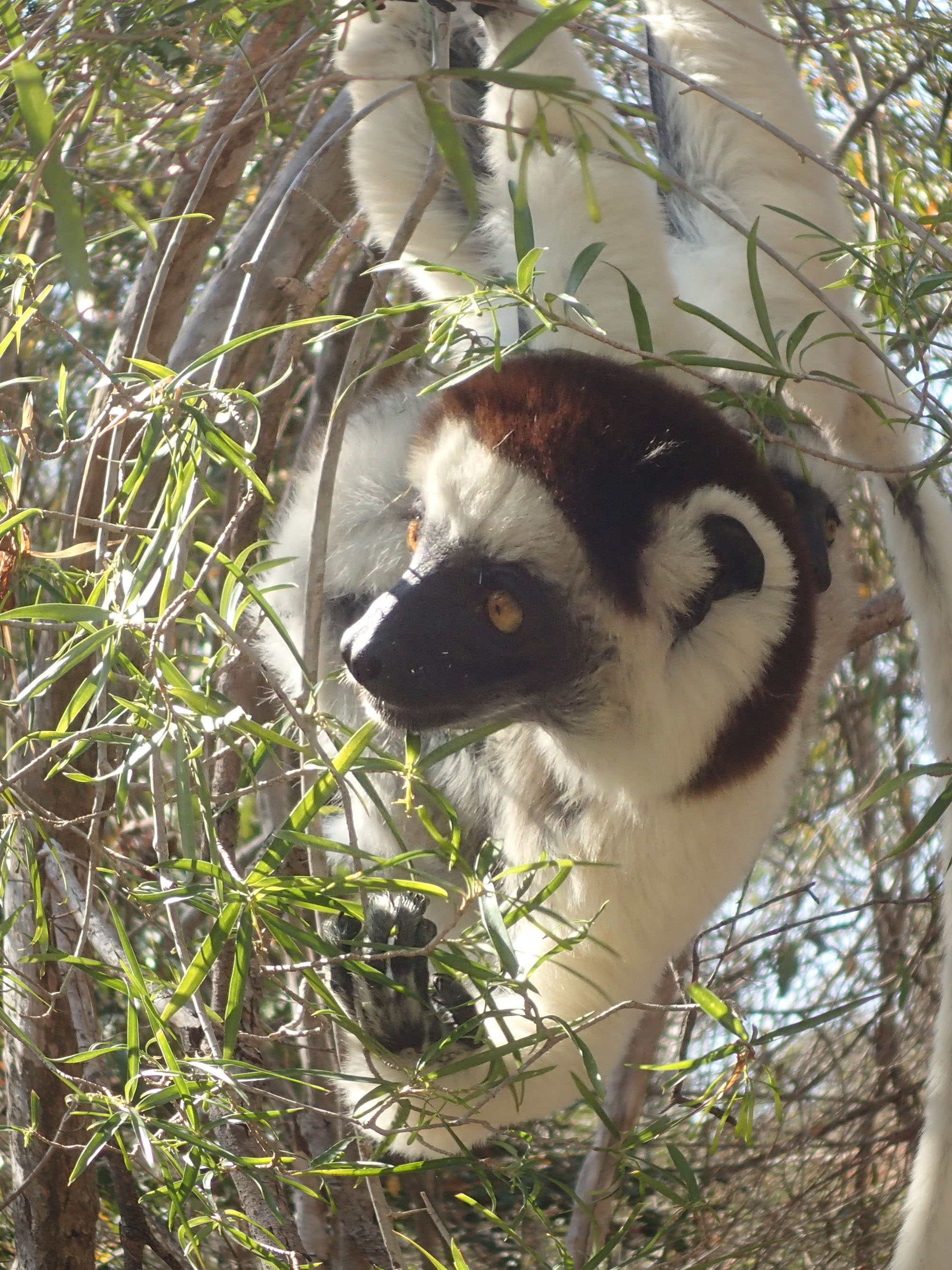
The main dining room and lounge complex at Berenty was very pleasant and the meals which we enjoyed there (lunch & dinner) were more than adequate. A typical dinner consisted of very tasty sauteed shrimp for a starter, a hearty beef stew with potatoes, carrots and green peppers served over rice, and fresh papaya for dessert. The coffee was excellent. On another occasion we had sliced roast pork with gravy, accompanied by peas and cabbage. Dessert was a delicious fruit salad of papaya, banana, pineapple and granadilla (‘passion fruit’) juice. Here, as everywhere else we went in Madagascar, the nice crusty French bread was excellent and plentiful.

Ifaty
On my most recent trip to Madagascar, I included the Ifaty area specifically to experience the small Reniala Reserve. This is what Madagascar is all about. This simply bizarre spiny forest is definitely unlike anything you have seen before. Stunted baobabs, sinister looking didiereas and various other weird, knobby, spiny plants and trees simply saturate the flat sandy terrain. You literally have to duck and dive your way around some positively dangerous-looking specimens. In all there are about 2,000 plant species here, many of them endemic.
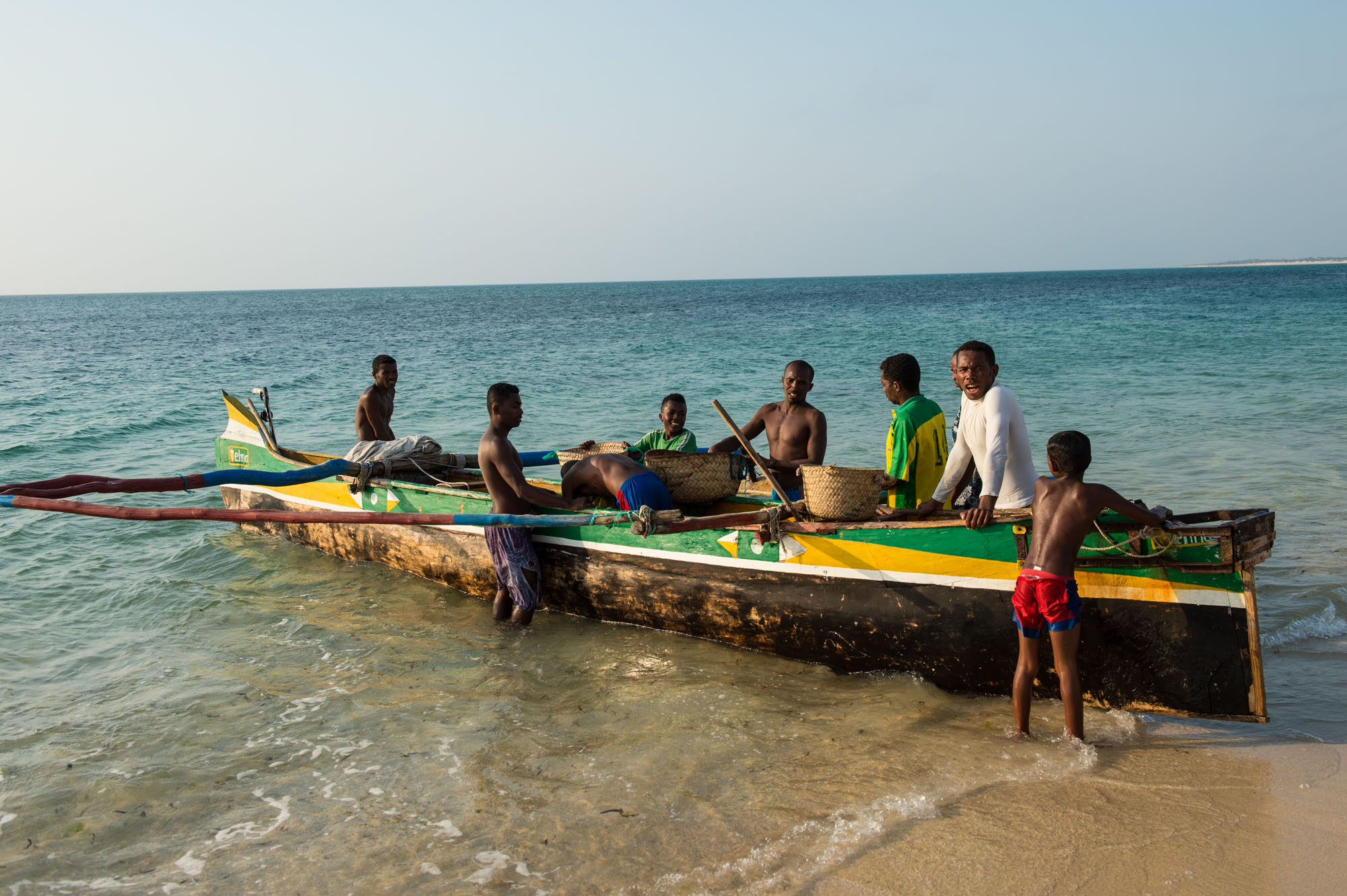
Reniala Reserve is a paradise for bird-watchers and ably assisted by the local guides who ran ahead to find the local specials, we were soon marveling over some rarely seen endemic species, such as the long-tailed ground roller, the sub-desert mesite, the red-capped coua and the blue vanga. There are about 65 bird species in total within the reserve. I have been interested in birds for more than 30 years and have birded widely in Africa and the USA. My first glimpse of the long-tailed ground roller will remain as one of my most memorable sightings ever. In this strangest of settings this ethereal ground-dwelling bird with a diagnostic sky blue patch on its wing looks like a dainty version of North America’s desert-dwelling Roadrunner. Superb, fantastic. It is easy to run out of superlatives when talking about any of Madagascar’s four ground-rollers but this one takes the cake.
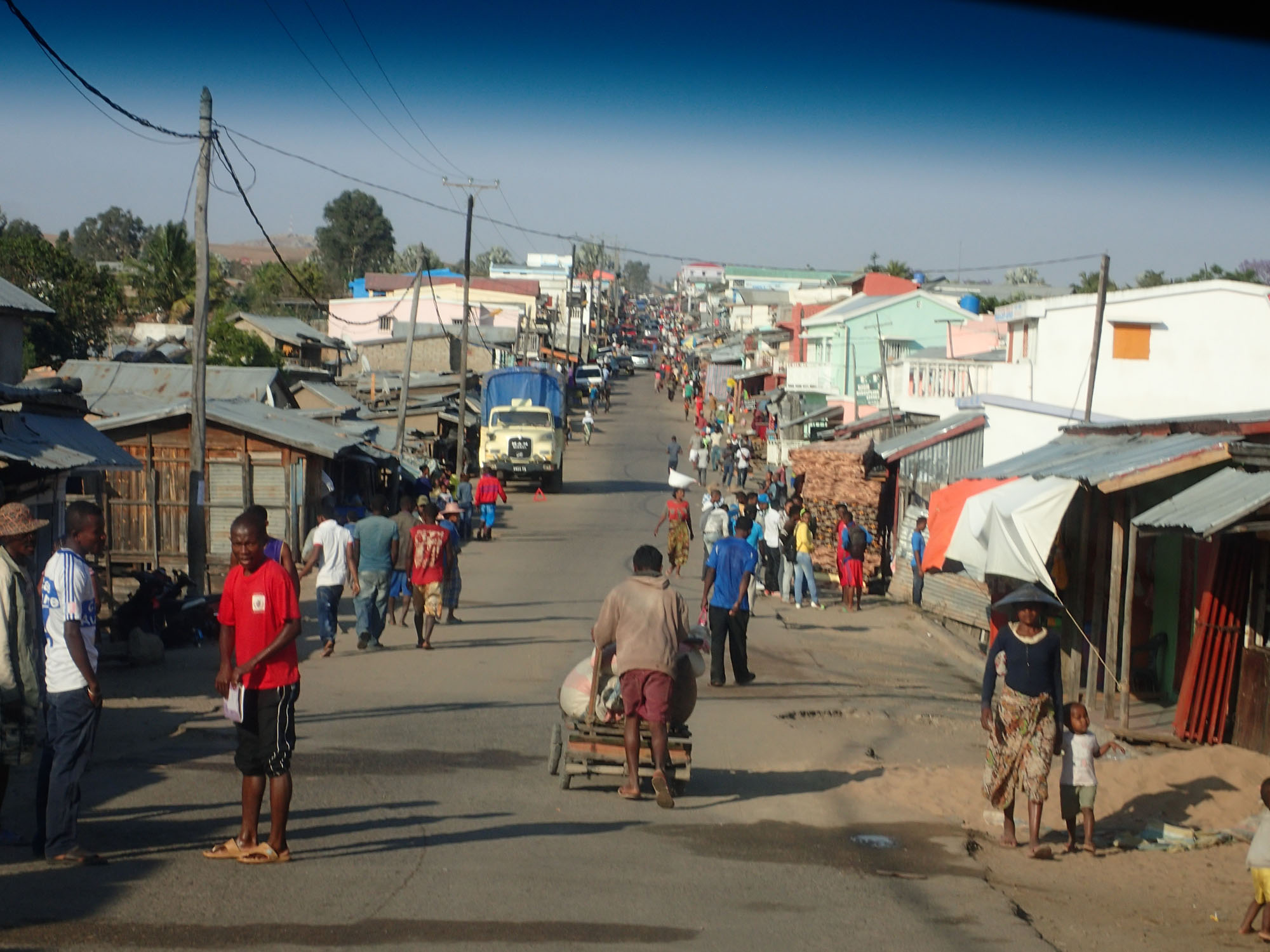
A boat ride to Anakao
Our last few days in Madagascar were spent at Prince Anakao Resort, which in many ways typified and encapsulated the entire Madagascar experience. Different, striking, even exhilarating in measure but often with minor blemishes and unexpected ‘left field’ moments. Unquestionably memorable.
Anakao is a fishing village stretching along a pretty white sand beach about 40 kilometers south of Tulear. The relative isolation of the village and the fact that it is sparsely visited has helped to preserve the traditional lifestyle of its estimated 3,000 Vezo inhabitants.
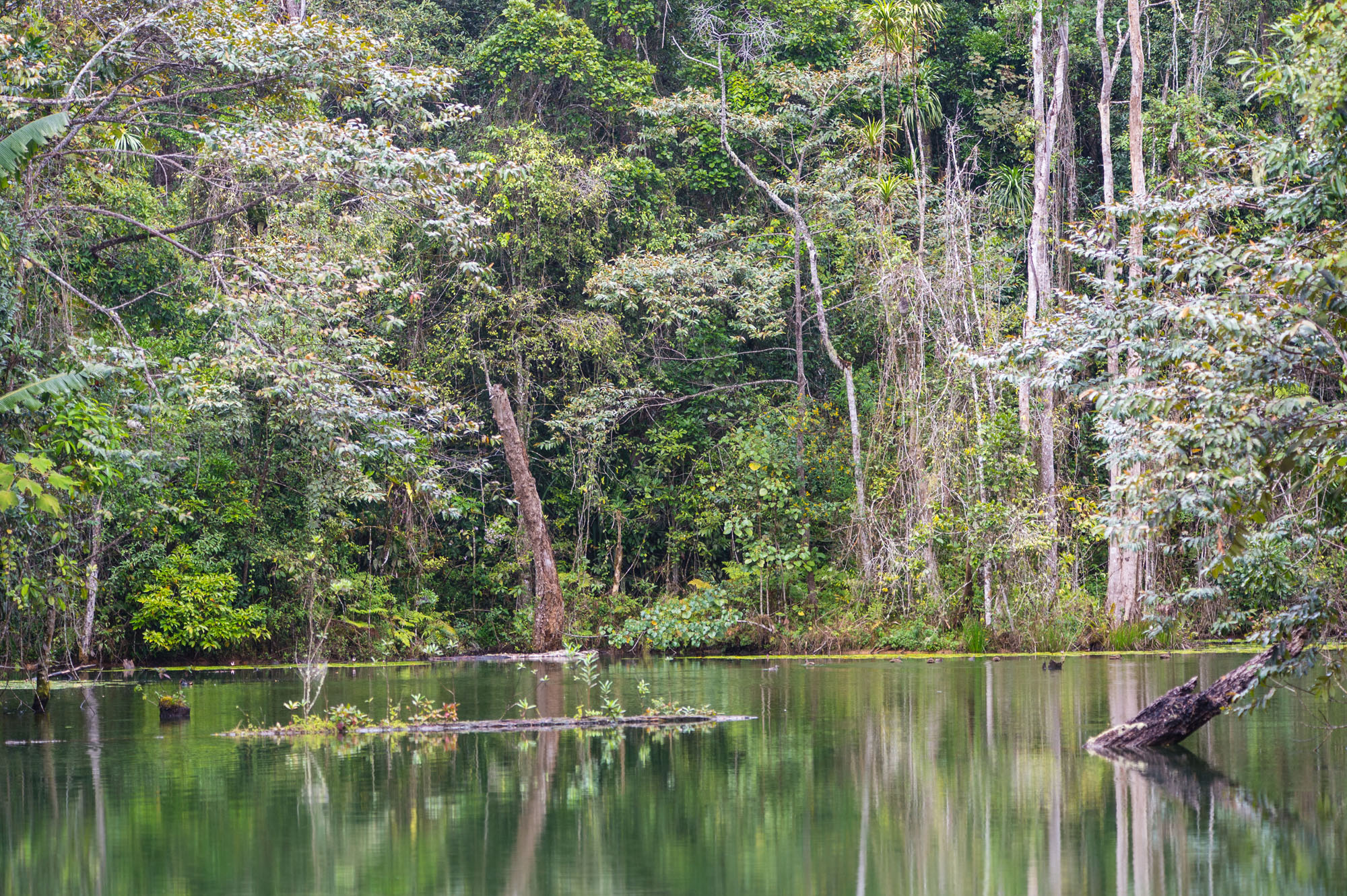
Getting there was worth the price of admission. After enjoying some coffee and the ubiquitous French breakfast cake at a dock-side restaurant in Tulear, we were told to walk down to the edge of the bay. This is where an ‘only in Madagascar’ scenario unfolded. Our large and powerful motor boat could be seen anchored in the shallow waters of the bay, about 300 meters or so from the wooden jetty. How to get from the edge of the water into the boat? By oxcart of course. Indeed.
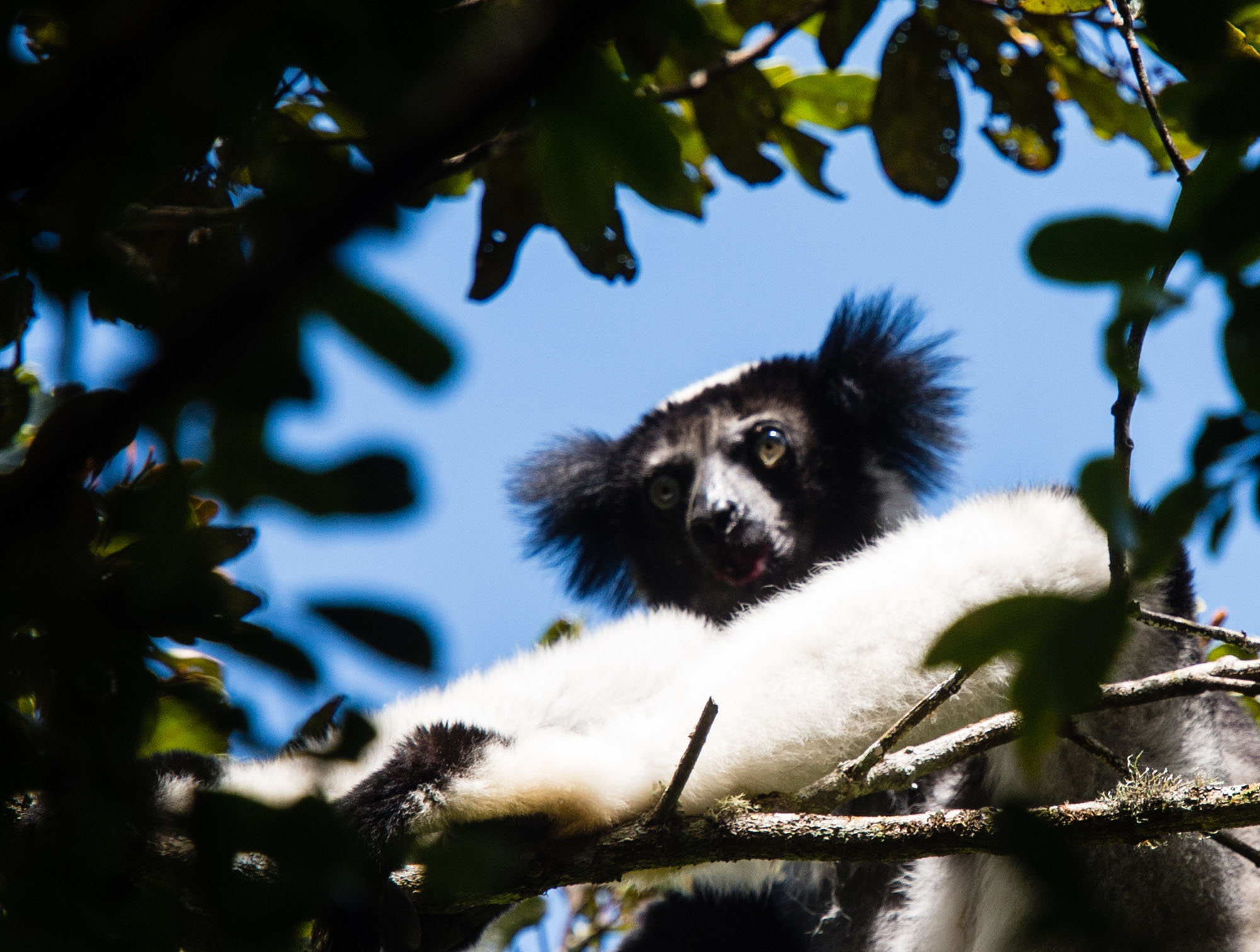
Much to our astonishment first one and then another oxcart approached the jetty, pulled along by two very wet but seemingly relaxed oxen. We were unceremoniously bundled into the back of the carts, looking at each other in disbelief as we tightly gripped the edges. A crack of the whip and we were off, the oxen rippling their way through the calm waves of Tulear harbor. Our nervous laughter blended in with the sounds of the oxen splashing their way through the surf amid exhortations from the wranglers who somehow managed to keep them going in the right direction.
The almost hour-long speed boat ride to Anakao was almost anti-climactic. The disembarkation there involved removing one’s shoes, rolling up trousers and splashing through the shallow water onto the beach. All in a day’s fun.

Anakao
Prince Anakao Resort is one of a few hotels strung out along the coastline of Anakao beyond both ends of the village. Consisting mostly of simple beach huts, the Anakao hotels provide a low-key beach experience for visiting tourists. In the early morning hours, many pirogues can be seen sailing into the open ocean for fishing trips, returning with their catch during the afternoon in ones and two or sometimes small clusters.

Living up to its Malagasy heritage, the Prince Anakao excelled beautifully in some ways and fell totally flat in others. The cooking was nothing short of sublime. The owner-chef turned out some ridiculously fantastic seafood dishes, no doubt making use of fresh locally caught fare. The desserts were no slouch either. Alas, the property never could get hot water going in my room over the space of two days. Even moving to a different room didn’t fix the problem. We also had major issues with WIFI availability which was sporadic at best with electricity issues seemingly pervasive. Did it matter in the long run? Not at all. This is Madagascar…
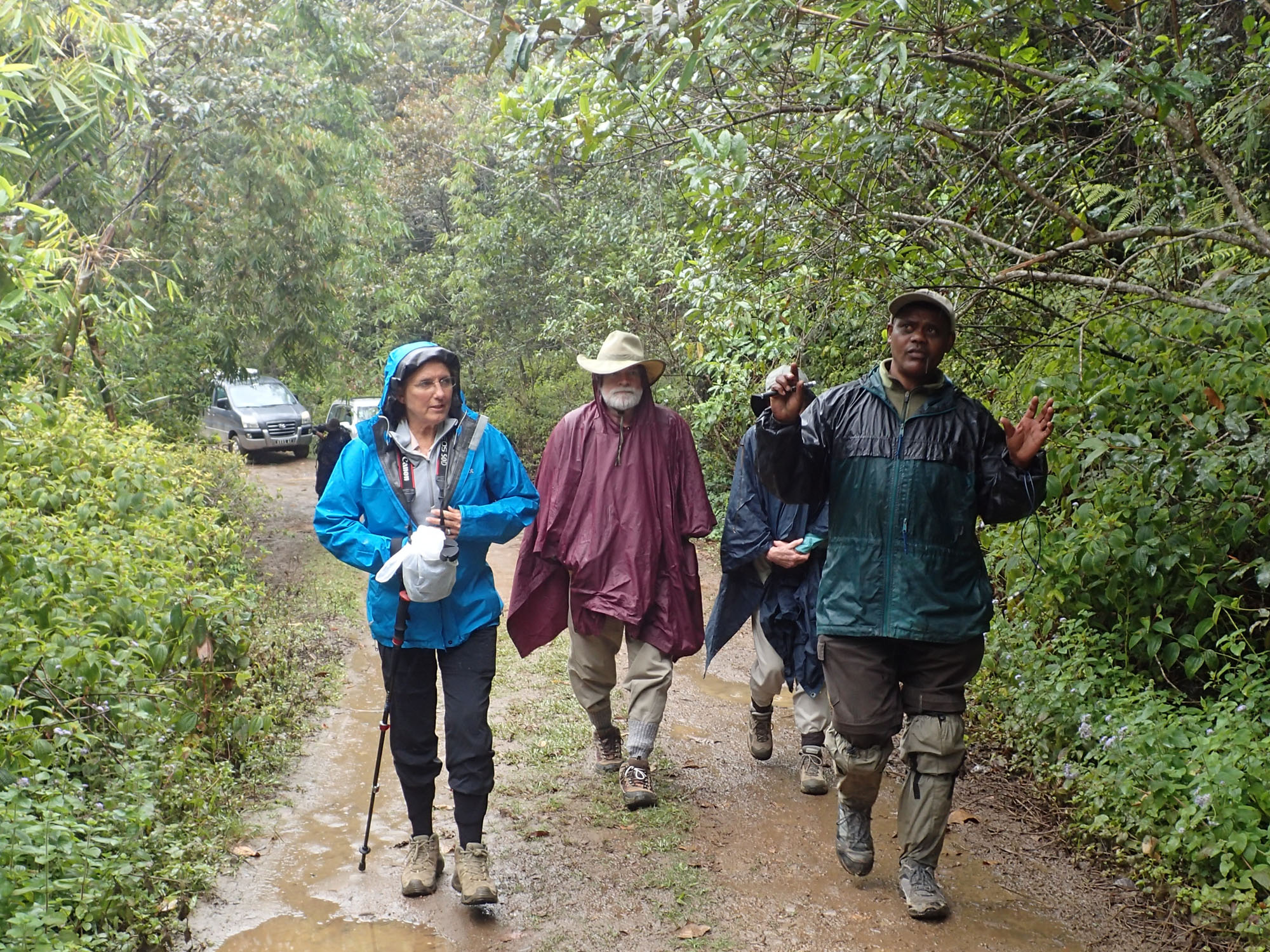
Over the course of two wonderful days at Anakoa we enjoyed the food and wine, walked or ran along the beach and some of us went scuba diving. Apparently quite successfully so. All of us also piled into a boat one morning for a visit to nearby Nosy Ve Island, specifically to see the breeding colony of red-tailed tropic birds. These elegant tern-like birds could be seen perched and flying at close range; we stood on one high spot for a good 15 minutes or so as one after another came flying by, sometimes seeming to hover before letting the wind sweep them away, the conspicuous red tail-feather putting them squarely in the unmistakable category. We looked for but did not find the enigmatic Crab Plover which apparently likes the small deserted sandy islands around Nosy Ve.

On our last afternoon in Anakoa I took the camera and spent an enjoyable couple of hours or so photographing the children of Anakoa, one of its best attractions. Slender and healthy looking with beautiful skin tones, they were happy to pose for the camera, scampering for a prime spot and keen to stand in front of a fishing boat or with the village in the background. Even a few passing family groups stopped momentarily for their portraits to be taken. Despite their sometimes threadbare clothing and lack of material things, they looked content and happy and the closeness of familial bonds was easy to discern.

Three things you should know before you go
Poverty. Traffic. Tipping. If you are going to be traveling to Madagascar, better get ready to deal with them.
Poverty is impossible to ignore or avoid. It is visible in the eyes of the street children of Tana, in the shacks you see along the Great South Road, in the threadbare clothing of the kids at Anakao. Madagascar is likely the world’s poorest country if you exclude the ones involved in on-going conflict. What to do about it? Go and visit the place. Tourism is one of the few bright prospects in Madagascar’s otherwise bleak economic future. Your presence there creates jobs, feeds and educates children and helps safeguard the country’s dwindling natural areas and wildlife. Yes, the thought of other people suffering is unpleasant but don’t let it dissuade you from visiting the country. Many of the kids are not dressed like their counterparts elsewhere in the world but they do not lack for joie de vivre and they will benefit a lot more by having tourists visit their country than not.
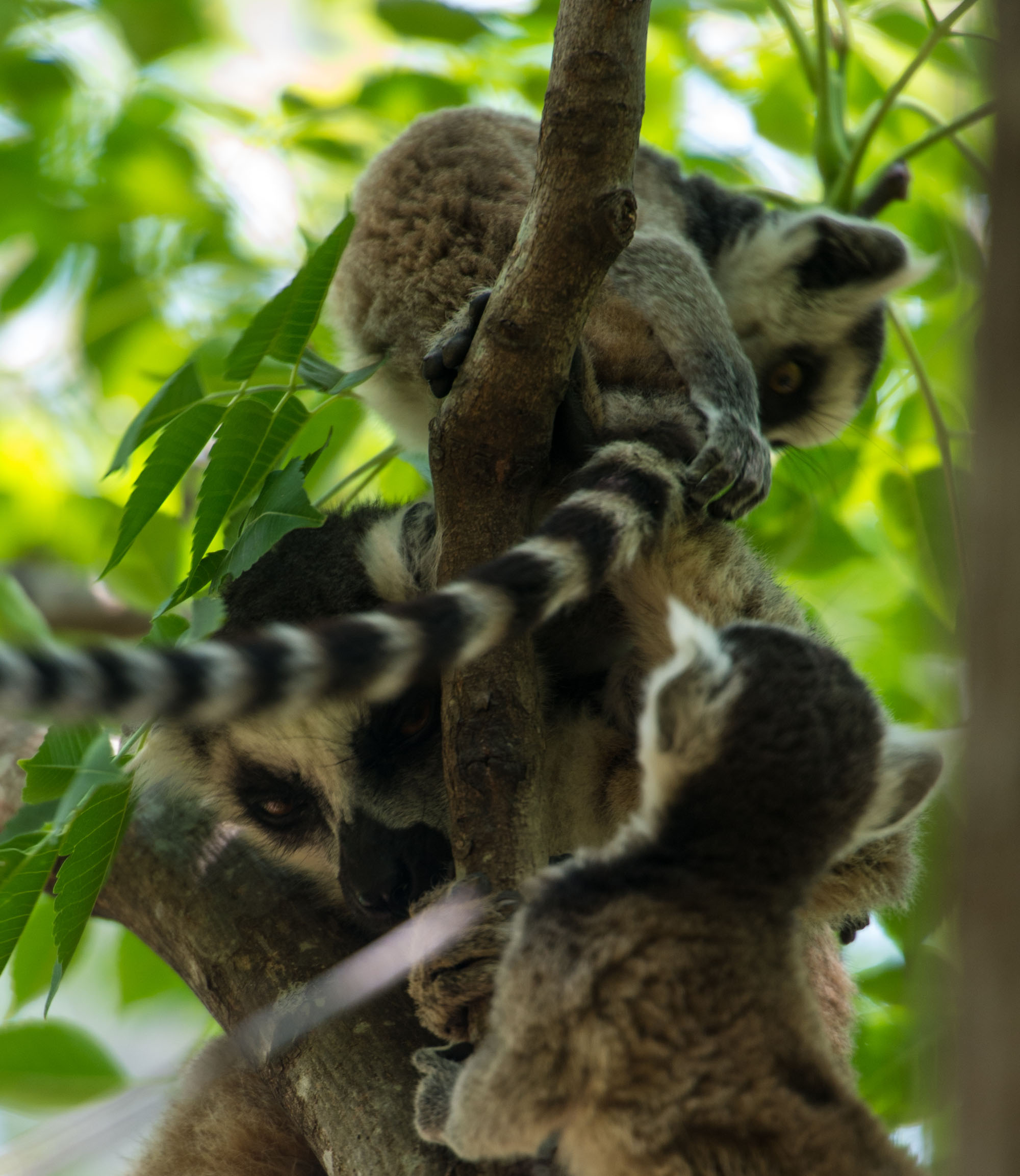
Traffic can be maddening and persistent, and always unpredictable. Just like in Nairobi or Dar-Es-Salaam you might run into a traffic jam at any time of the day or night. There are few rules of the road & traffic lights and stop signs are scarce and routinely ignored. I would certainly never attempt to self-drive in Madagascar under any circumstances. On the positive side heavy traffic inhibits speeding so while road trips can be frustrating, the pace is fairly sedate. As anywhere, we recommend spending more time in fewer areas so you won’t find yourself on the road every day.
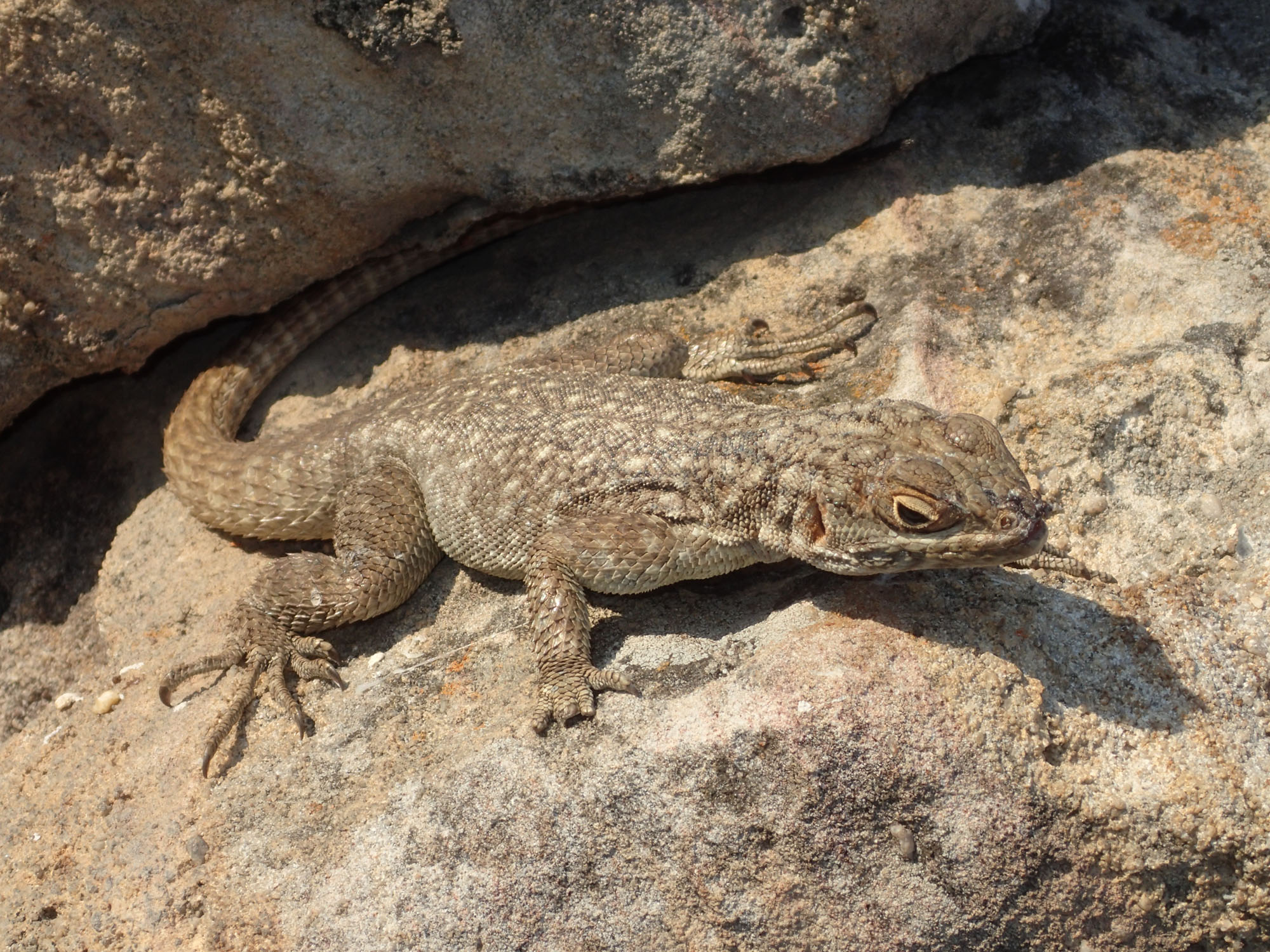
Tipping? Confusing and anxiety-inducing. Not because the amounts required for tips are excessive. They are anything but. The issue with tipping is knowing who to tip and having the correct small-denomination bills to use as tips. So be sure to get some smaller bills when you exchange money at the airport on arrival. Who to tip? Your tour guide of course: about US$10 per traveler per day; about US$5 per traveler per day for the driver. Also tip at restaurants (10% of the bill is fine, but leave a bit more on a small check), porters (the equivalent of a dollar is ok), and housekeepers. It is not necessary to tip taxi drivers.

Initially, the big discrepancy in the value of the local currency versus the US Dollar or Euro leads to under-tipping. It is not considered OK to leave a 10% tip for a bar bill or any other minor expense. Better to tip the equivalent in Ariary what you ordinarily would tip in US Dollars. So for a couple of beers leave A3,000 (about US$1) as a tip, not 10% or even 20% of the bill which would be the equivalent of about 10 or 20 cents.
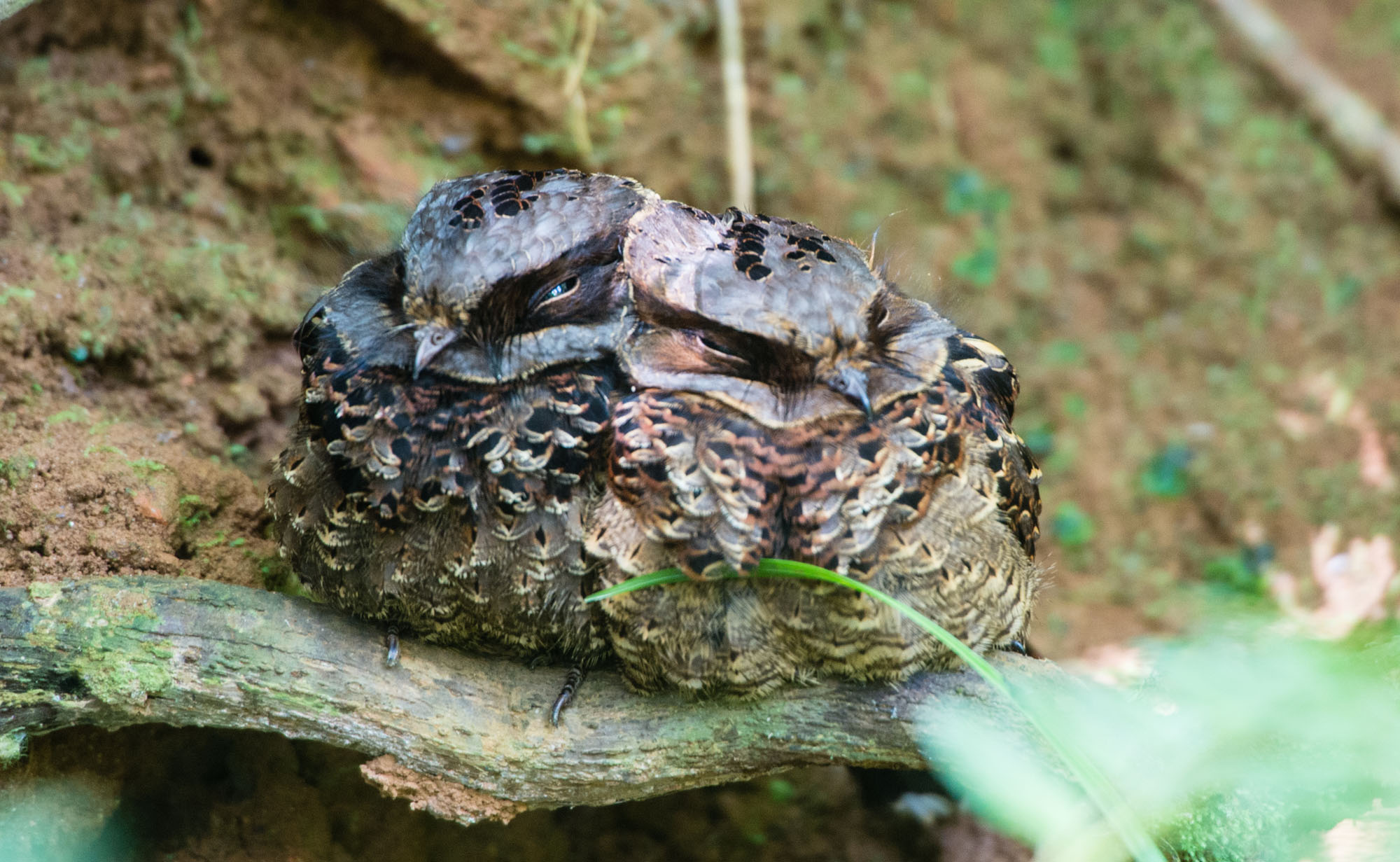
Food and beverages are cheap in Madagascar – we rarely paid more than US$7.00 for a dinner entree; a local beer is less than a dollar, about the same price as a liter of water.
It is mandatory to make use of the services of local guides in the national parks. Their services can be pre-booked (which will be the case on a trip organized by us) or they can be hired on the spot. The fees vary depending on the circuits chosen in each park. If the guide stays with you the entire day – which we would recommend – you can work on his/her fee being about US$50.00 per day. This amount is split by the number of participants in your group.
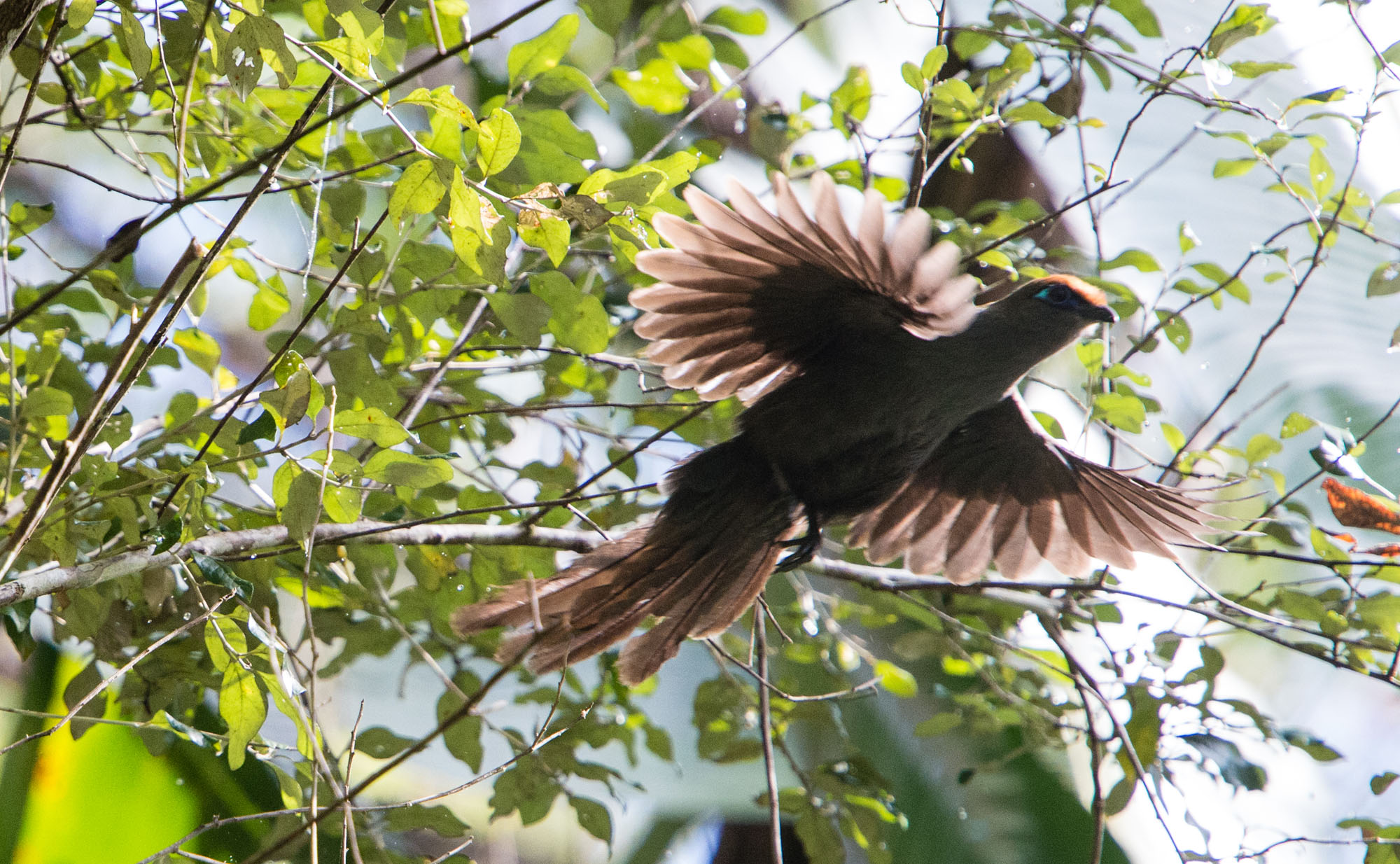
Three things you should know before you go
There are no mega-fauna such as in Africa so naturalistic pursuits in Madagascar are safely – and best – done on foot. Take your best walking shoes – or better yet a decent pair of boots – a walking stick and get ready for the most fascinating trip you may ever take. No chance of being charged by a buffalo so you can totally relax on foot and take it all in. I would rate many of the trails inside the national parks such as Mantadia and Ranomafana as moderately strenuous. You don’t have to be super-fit to enjoy Madagascar. Even so, it would not be a good destination choice for someone with mobility issues or a person who is not capable of walking up and down steps or willing to undertake an occasional scramble along an uneven trail.
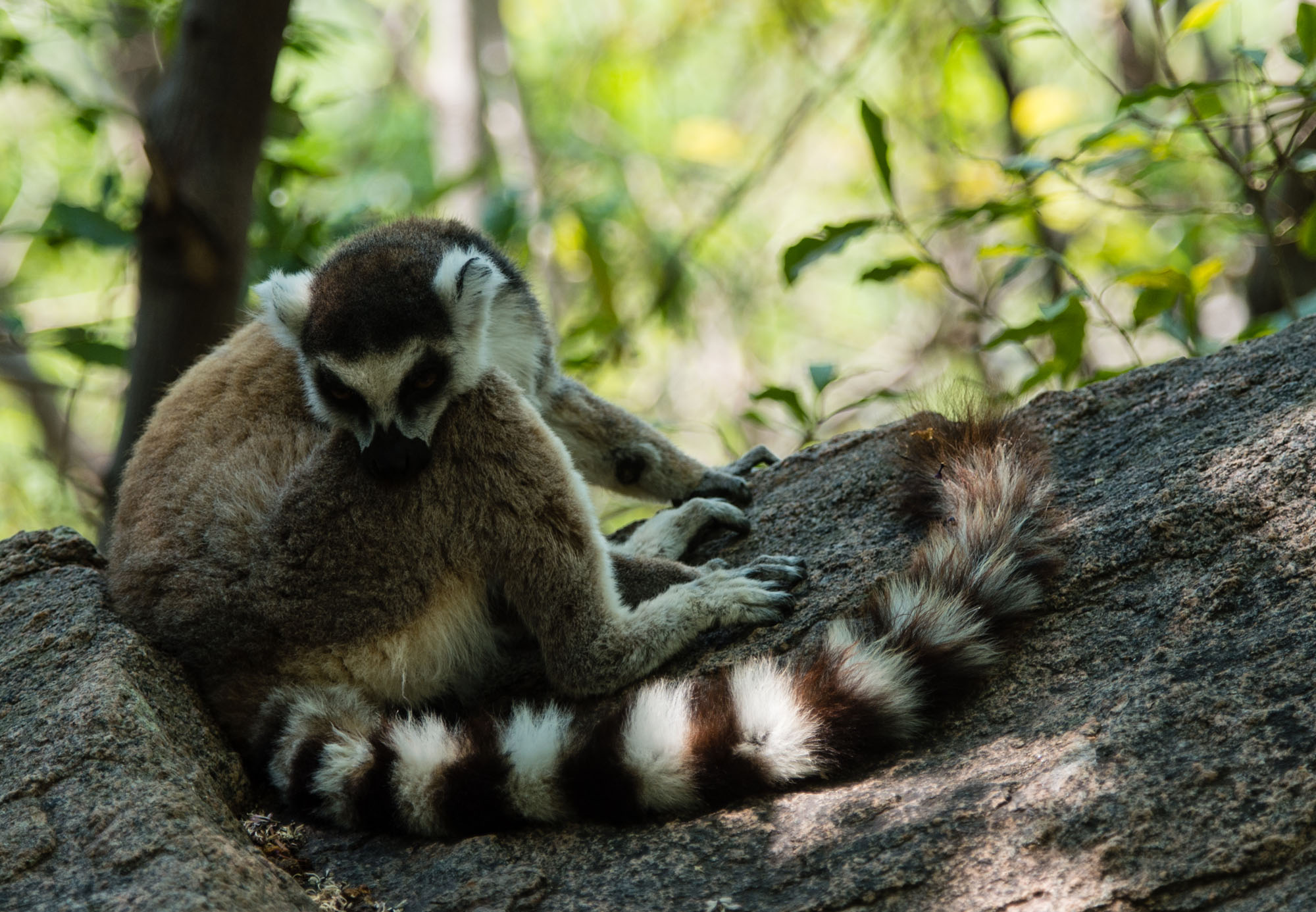
Best Time to Visit Madagascar
When to go? Any time from about April through December would be good; the two best months are likely September and October; the latter particularly for birders as many birds are getting into breeding plumage then. Birds are more likely to perform territorial and courtship displays and are more vocal then. Hence easier to identify than in the winter months. In the late fall & summer months from about October onward you will be dealing with some heat and humidity in lower-lying areas, and mosquitoes where there is water around. From January through the end of March is cyclone (aka hurricane) season so don’t plan a trip then.
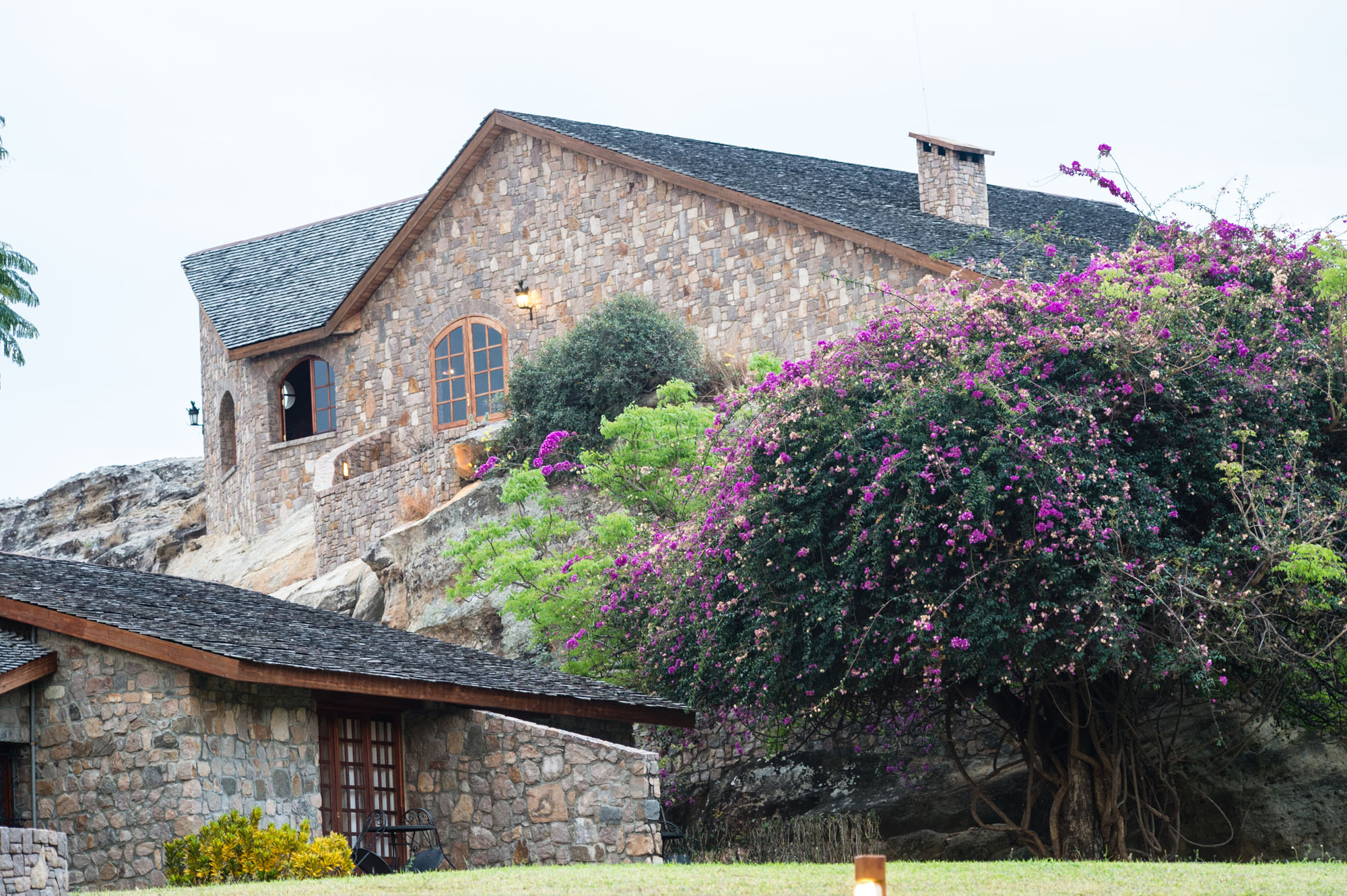
Going back
Will I be going back to Madagascar? Without a doubt. I simply have to explore more of this utterly fascinating island and its wonderful people and wildlife. The next time, I will spend a few days more so that I can start to relax and enjoy a country that just cannot be rushed. What would I say to people thinking about visiting Madagascar? Do it soon, before the charcoalers burn down the entire place and before the prices reach the level of African safari destinations. But before you pack your bags, work your way through a beginner’s course of French on Rosetta Stone or Babbel. Having a bit of French – beyond just oui and merci – will make your time in Madagascar immeasurably more enjoyable. Had I not been able to understand the language, I might have missed some real jewels, such as the comment by the Malagasy taxi driver who drove us from the airport to Tana on our arrival. Summing up the Madagascar experience very succinctly, he said, ‘My country is rich, but the people are poor’.
Our blog post next week will be some first impressions from the Fish Eagle Safaris team currently visiting Kenya and South Africa. What is it like to travel internationally in the midst of the pandemic? Is it safe to fly – and how are the African destination countries and properties keeping visitors safe? Your questions will be answered.



